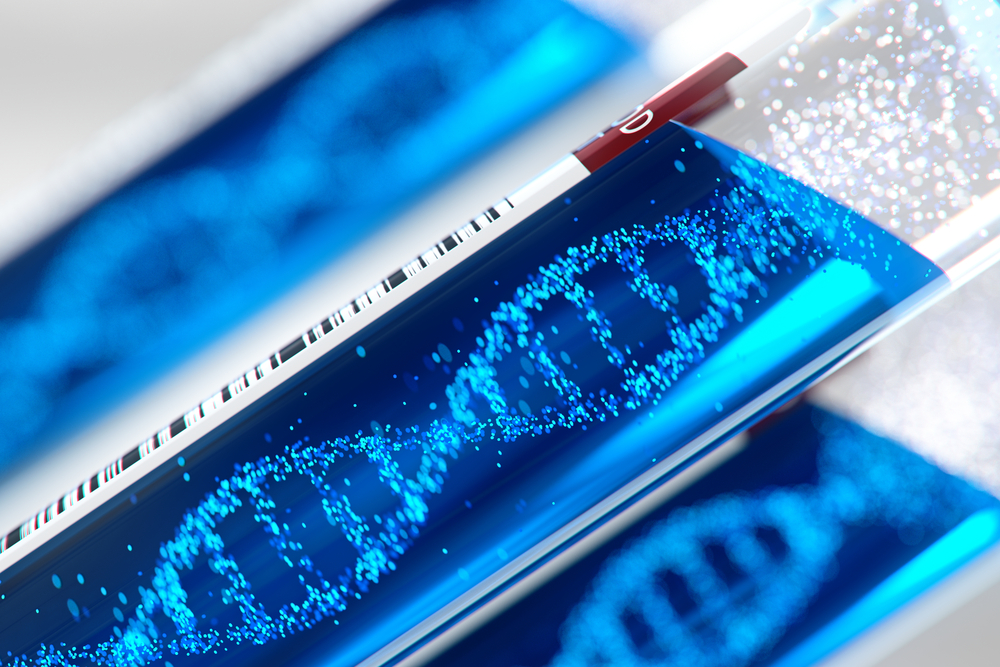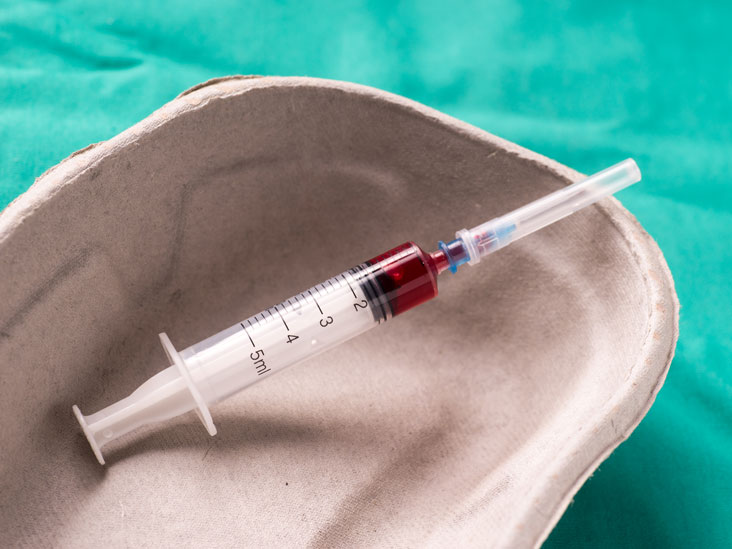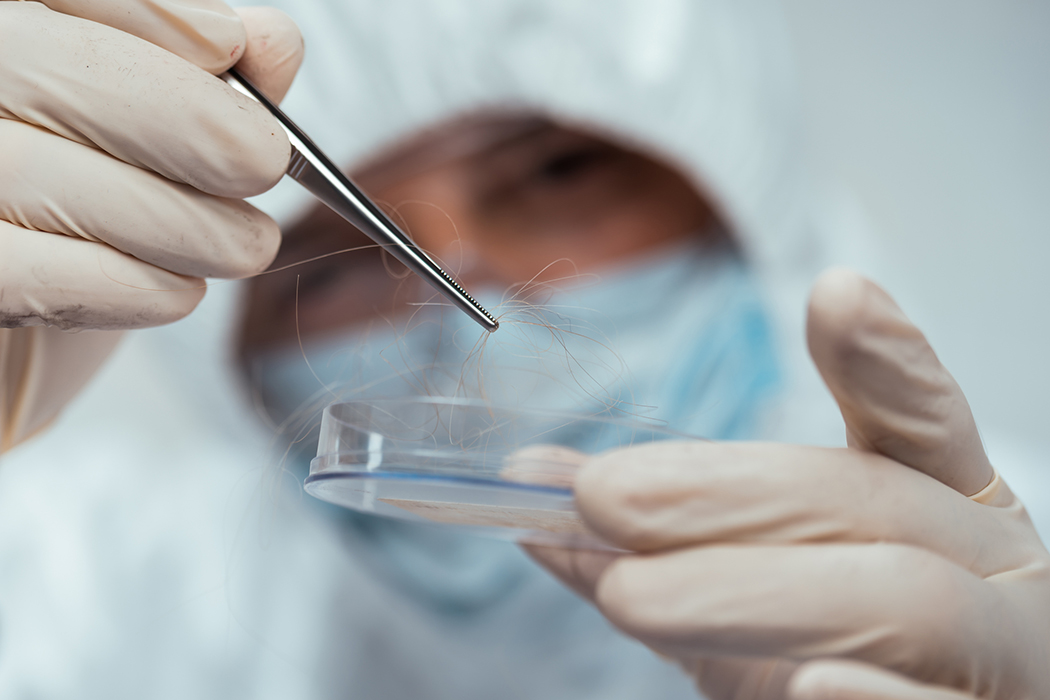DNA and Serology
At Bilecki Law Group, We believe every service member has earned their right to an aggressive defense on their day in court. We specialize in taking the fight to the prosecution and winning cases that others said were unwinnable.
Home Court Martial Defense Sexual Crime Defense DNA and Forensic Evidence at Your Court-Martial
In many “he-said-she-said” sexual assault cases, DNA and serology can be the only hard evidence in the case, and understanding how to interpret, analyze, and implement this evidence properly at trial can often be the difference between an acquittal and a conviction. In sexual assault cases that involve DNA, it is crucial to first understand what type of DNA and serology testing the forensic laboratory, typically the United States Army Criminal Investigative Laboratory (USACIL), conducted.
USACIL typically employs two different types of DNA testing, autosomal DNA testing and Y-STR testing. The two are as different as night and day and understanding the uniqueness of each variant of DNA testing, as well as serology testing, is absolutely critical to putting together a winning defense in the case.
If the defense attorneys do not understand DNA testing, it will be all but impossible for them present your story of innocence to the jury.
Y-STR DNA Testing
The ability of Y-STR DNA testing to focus directly on the male DNA allows the lab to detect and test even the slightest amount of male DNA that was present. Y-STR DNA testing was designed and is properly used, as a tool of exclusion, not of inclusion. It can be powerful evidence to show that an accused was not a match to a certain sample of DNA and to exonerate a suspect.

Years of Experience
Court Martial Verdicts
Service Members Represented
Miles Traveled
Serology
Serology is the testing of blood, semen, vaginal fluid, saliva, sweat, urine, and other bodily fluids. This form of testing is often done in conjunction with DNA testing and will be conducted based on the specific facts of the case.
Prior to actually testing a sample for DNA, the laboratory will often conduct what is known as an AP (acid phosphatase) and P30 test on the sample. These tests can provide a “presumptive positive” or “immunological indication” of semen but do not confirm that semen was present.

The USACIL DNA Report is not Enough
- Was the chain of custody intact?
- What lab standards and protocols were followed?
- What evidence was tested?
- Why was certain evidence not tested?
- Who tested the evidence?
- Was there any contamination during the testing process?
- What was the appearance and size of the samples and stains tested?
- What testing process techniques were used?
- What was the quantity of DNA obtained?
- What were the serology (Acid Phosphatase and P-30) results?
- Were immunological indications of semen found on the sample?
- Was spermatozoa found, and if so, in what quantity?
- Does the raw data support the conclusions in the report?

Problems with Forensic Laboratories
These investigations have even uncovered cases where known fraudulent results were reported. Laboratories from New York City, Boston, Houston, West Virginia, and dozens more, including the famed FBI forensic testing laboratory, were exposed. Not to be left out, the U.S. Army Criminal Investigation Command (USACIL), responsible for nearly 200 lab employees, has also experienced problems with its testing.
Analysis of DNA results

- If DNA is found, is it necessarily incriminating?
- Was the DNA found a “match” or deemed to be “consistent with” the accused’s DNA?
- If testing was conducted and no DNA was found, can this be utilized in the defense?
- If certain pieces of evidence were not tested, could they have contained exculpatory evidence?
The answers to these questions not only depend on the quality of the DNA laboratory testing, but are also specific to the facts of the case. That is, the results must be put into the context of the facts of the case. While it may appear difficult to overcome autosomal DNA evidence, all hope is not lost.
Although autosomal DNA testing is inherently more powerful and discriminating than Y-STR testing, many of the results produced are ambiguous at best. If the data shows that the DNA yielded a mixture of individuals and the results of that mixture were incomplete or inconclusive, it can be exposed that the accused was not an exact “match” to the DNA and other individuals’ profiles were present.
Actual Acquittals in DNA Cases
In one instance, what was presented by the prosecution as damning DNA evidence, turned out to be a type of DNA test that has only a fraction of the certainty of conventional tests. Moreover, our expert was able to identify flawed processing, which nullified the test results.
The bottom line? The government presented us with evidence from the DNA branch of USACIL, which purported that the DNA of our client was a “match” to that found on the underwear of the alleged victim. Mr. Bilecki worked alongside one of the nation’s leading DNA experts and discovered that the DNA “match” was, in fact, only a partial-profile match based on Y-STR DNA testing, as opposed to autosomal testing.
The result was, instead of the typical confidence rating of 1 in 36 sextillion, the confidence rating of the partial profile Y-STR DNA match in this case was actually around 1 in 500. Mr. Bilecki further discovered that several pieces of exculpatory evidence were never tested. At trial, Mr. Bilecki conducted a detailed cross-examination of the USACIL DNA examiner and revealed to the jury:
- The ratio of female to male DNA was too high to conduct autosomal DNA (the gold standard);
- The amount of DNA that was actually obtained was less than one half of one billionth of a gram;
- Not all of the markers on the Y chromosome that were analyzed were a match to the accused (thus the partial profile);
- The bedding, clothes, and other evidence collected was not tested for DNA, and;
- Y-STR DNA testing is designed to exclude a suspect, not to include a suspect.

Mr. Bilecki used the cross-examination to educate the jury on DNA and to present his client’s story of innocence. What began as a slam-dunk for the prosecution, turned out to be an air ball. Result: Not Guilty on all charges. This is just one example of how DNA cases that, on their face, look insurmountable, can be challenged and won at trial.
No strangers to tough DNA and serology cases, Bilecki Law Group is ready to take and win even the most complex cases involving forensic evidence. If your case involves DNA, serology, or other complex forensic evidence, contact our office to discuss how we can tell your story of innocence. Call anytime, day or night, 24 hours a day, seven days a week.(813) 669-3500.
Sexual Assault Court Martial Defense Practice Areas
your path to legal defense
Get in Touch
- tbilecki@bileckilawgroup.com
- 813-669-3500
- Bilecki Law Group, PLLC, 601 S. Harbour Island BLVD, Suite 109 Tampa, FL 33602
